20+ Years Experience
Specialist Soft Play Equipment
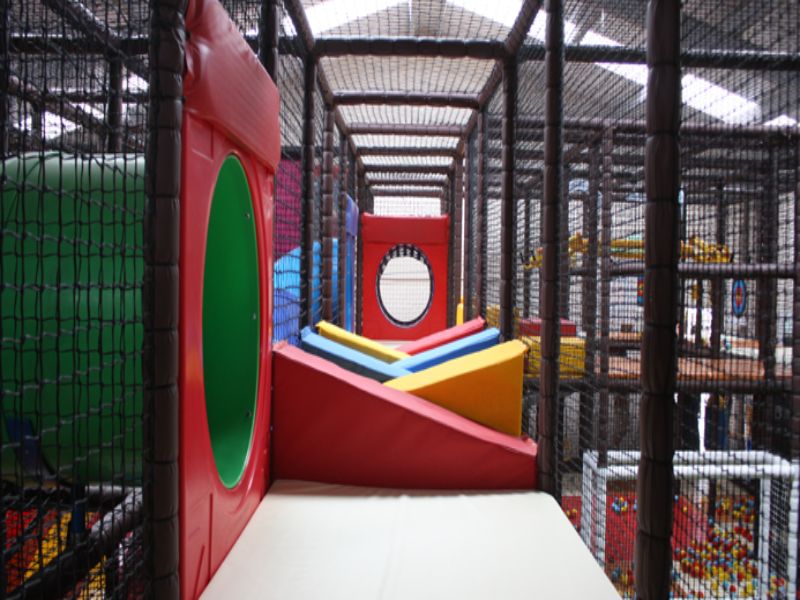
Indoor sensory equipment has become increasingly popular in recent years, as it provides a unique opportunity to engage and stimulate the senses of individuals with different needs and abilities.
From children with autism to seniors with dementia, sensory equipment can be a valuable tool for enhancing physical, cognitive, and emotional development.
This article will explore the benefits of indoor sensory equipment, answer some frequently asked questions, and provide an overview of the costs associated with purchasing sensory equipment.
Indoor sensory equipment refers to a variety of tools and equipment designed to stimulate the senses and provide therapeutic benefits for individuals with sensory processing challenges.
These challenges can be experienced by individuals with autism, ADHD, Down syndrome, cerebral palsy, or other developmental disabilities.
Indoor sensory equipment can include a range of items, such as tactile walls, balance beams, therapy balls, swings, trampolines, weighted blankets, and sensory tables.
Each piece of equipment is designed to provide a unique sensory experience that can help individuals with sensory processing challenges improve their ability to regulate their emotions, improve their balance and coordination, and enhance their overall well-being.
Tactile walls, for example, are designed to provide a variety of textures and surfaces to touch and feel, allowing individuals to explore different sensations and develop their tactile processing skills.
Balance beams and therapy balls can help improve balance and coordination, while swings and trampoline parks provide deep pressure and vestibular input, which can be calming for individuals with sensory processing challenges.
Weighted blankets and sensory tables are other types of indoor sensory equipment that can provide therapeutic benefits. Weighted blankets can provide deep pressure input, which has a calming effect on the body and can help individuals with sensory processing challenges feel more relaxed.
Sensory tables, on the other hand, are designed to provide a variety of sensory experiences, such as water play, sand play, and tactile exploration.
When choosing an indoor sensory equipment supplier, it is important to consider the quality of the equipment and the supplier’s knowledge and experience in the field. Look for suppliers who offer equipment that is safe and durable, and who have a good understanding of the benefits of sensory play.
It is also important to consider the specific needs of your organization or facility. Consider the age range and abilities of the children who will be using the equipment, as well as the space and budget available.
Indoor sensory equipment suppliers play a crucial role in supporting the needs of individuals with sensory processing difficulties.
By providing high-quality, effective equipment and excellent customer service, these suppliers can help to improve the lives of countless individuals across a wide range of settings.
Indoor sensory equipment has numerous benefits for children of all abilities.
For children with sensory processing difficulties, indoor sensory equipment can provide a safe and predictable environment where they can explore and learn. It can also help reduce anxiety and stress and improve self-regulation as well as:
Indoor sensory equipment can also benefit typically developing children, providing opportunities for play and exploration that aid in the development of cognitive, motor, and social skills. Sensory play can also promote creativity and imagination.
Indoor sensory equipment suppliers offer a wide range of equipment that caters to different sensory needs. Some popular equipment includes:
Basic sensory equipment such as sensory balls and fidget toys can range from a few pounds to £50. More advanced equipment such as sensory rooms or climbing walls can range from £5,000 to £30,000 or more.
The cost of indoor sensory equipment varies depending on the type of equipment, quality, and supplier.
It is important to research and compares different suppliers to find the best equipment for your needs and budget.
While sensory equipment can be expensive, it is important to consider the long-term benefits that this equipment can provide.
For individuals with sensory processing difficulties, sensory equipment can help to improve their physical, emotional, and cognitive development.
This can lead to improvements in their overall quality of life, which can make sensory equipment a cost-effective investment.
Indoor sensory equipment can benefit children of all ages, from infants to teenagers, and adults.
Yes, indoor sensory equipment is designed for use at home, schools, therapy centres, and other indoor spaces.
Some of the most popular types of indoor sensory equipment include:
Consider your child’s age, abilities, and sensory needs, as well as the size and layout of your indoor space.
Consult with a sensory expert or supplier for guidance and recommendations for choosing the right equipment for your play space.
Indoor sensory equipment can provide a safe and stimulating environment for children of all abilities to play and explore.
With a wide range of equipment available, indoor sensory equipment suppliers can cater to a variety of sensory needs, promoting cognitive, motor, and social development.
When choosing an indoor sensory equipment supplier, consider the quality of the equipment and the specific needs of your organisation or facility.
Our team provide a number of soft play services ranging from design to manufacturing and installation. Have a look at the list below for more information:
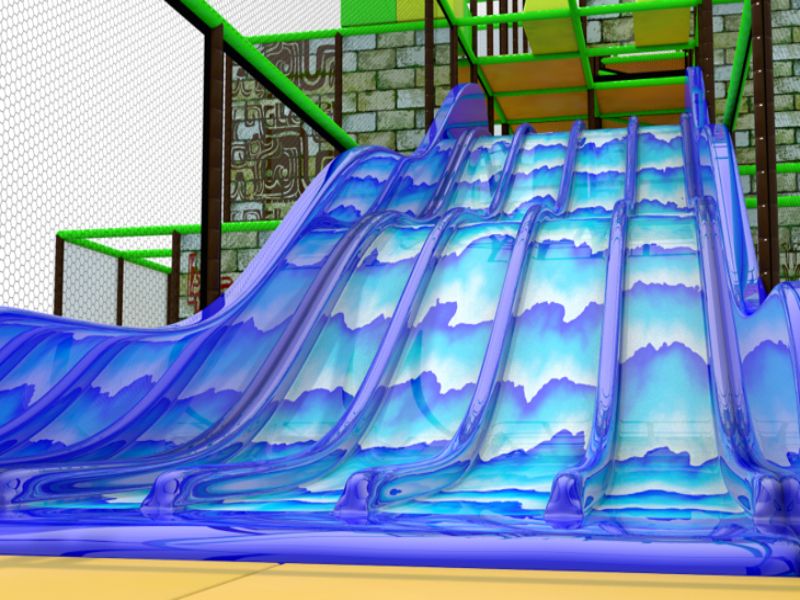
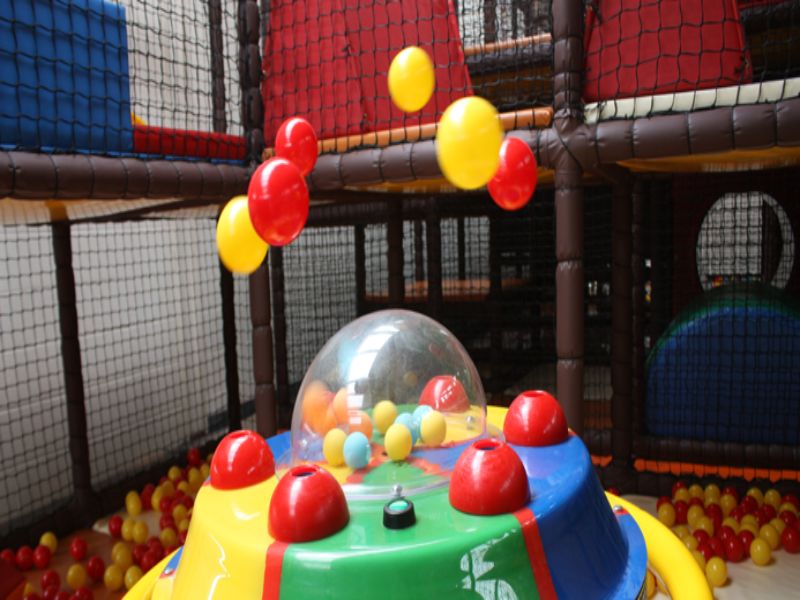
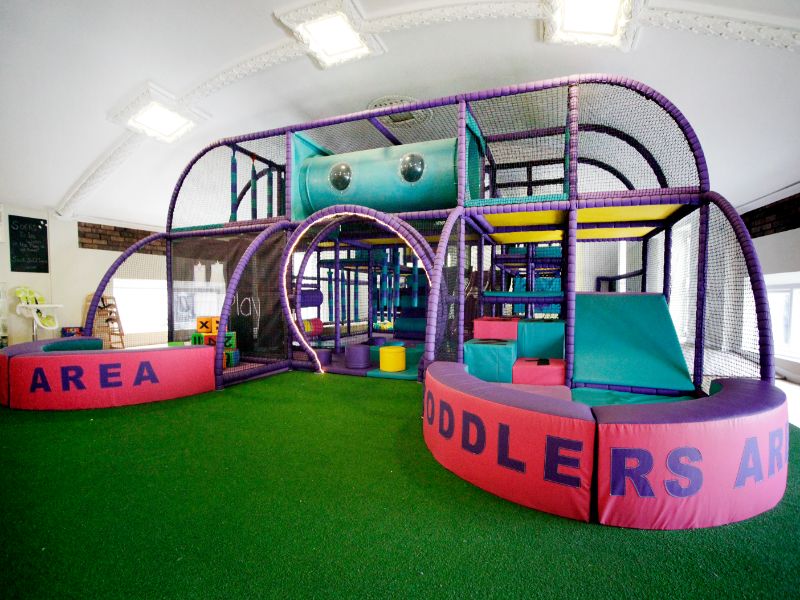

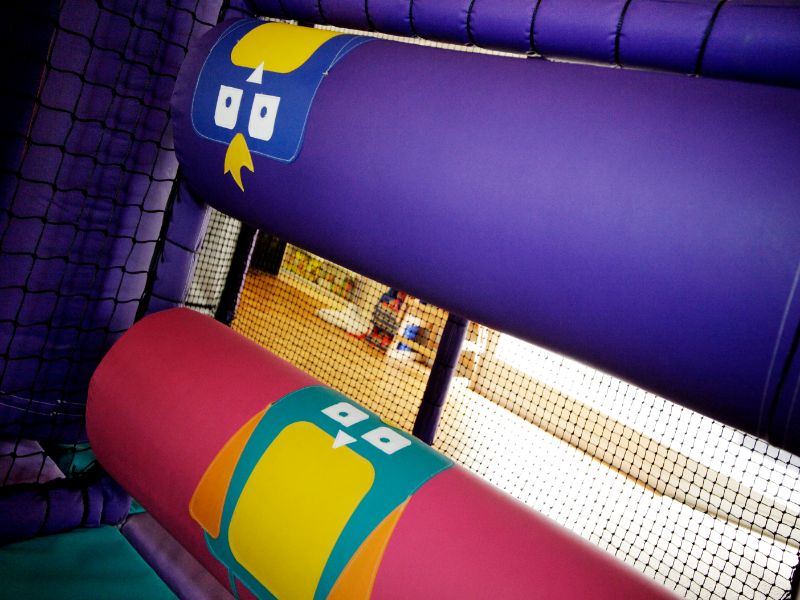
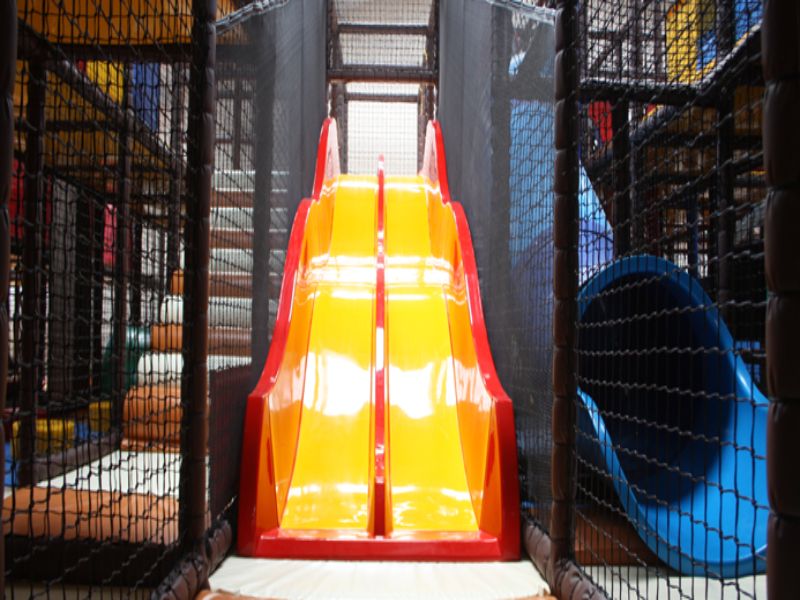

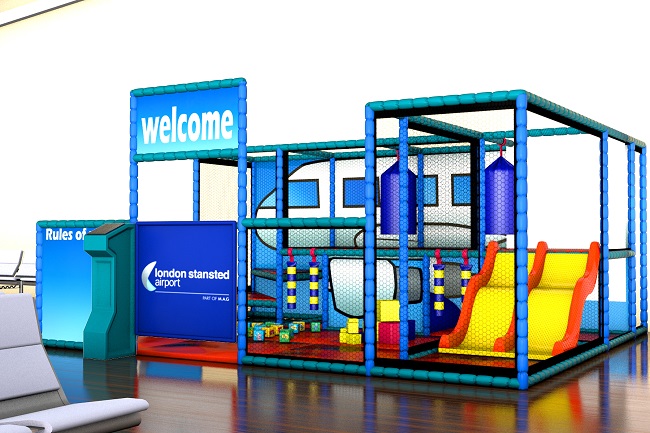

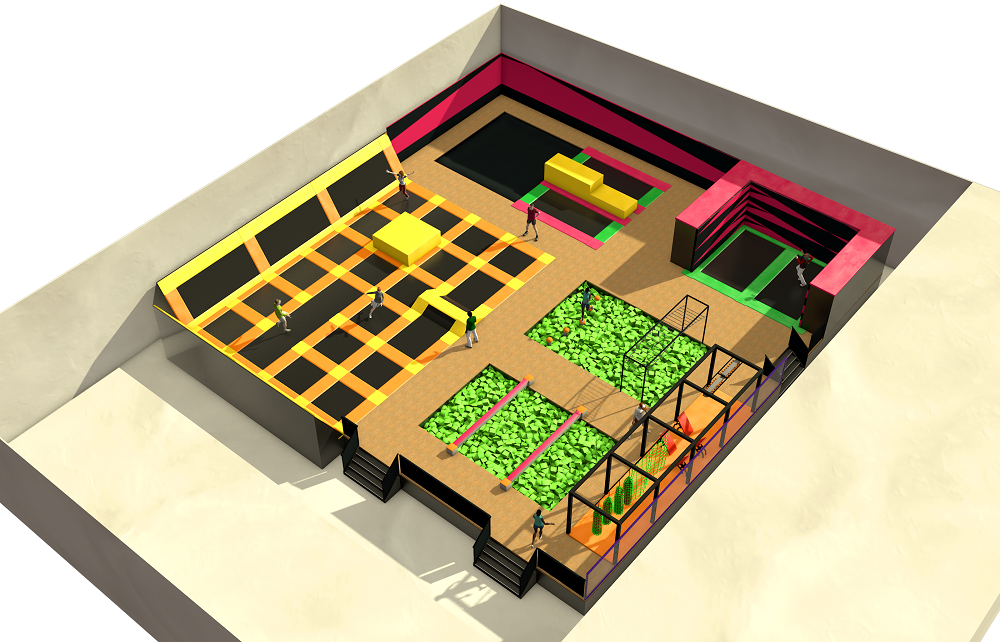
We Aim To Reply To All Enquiries With-in 24-Hours